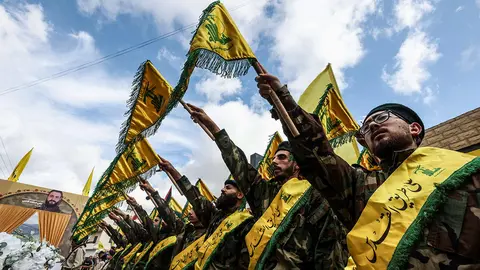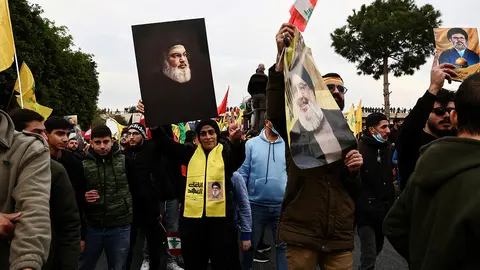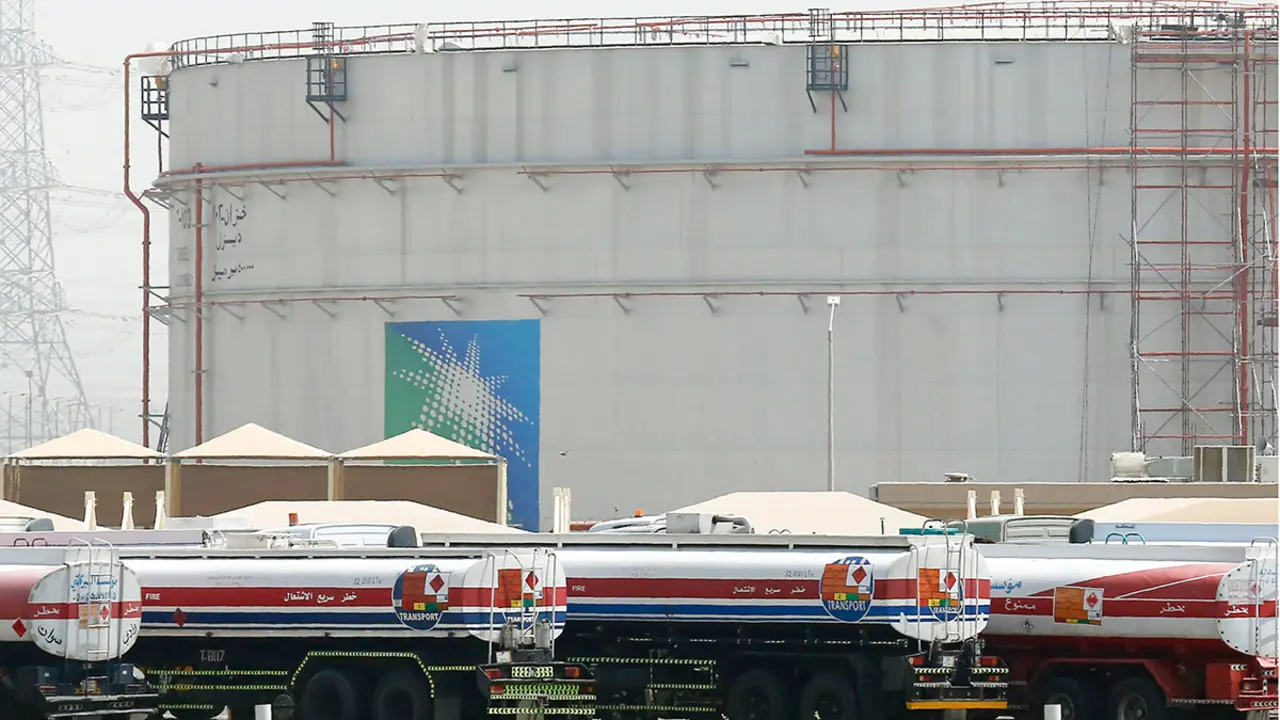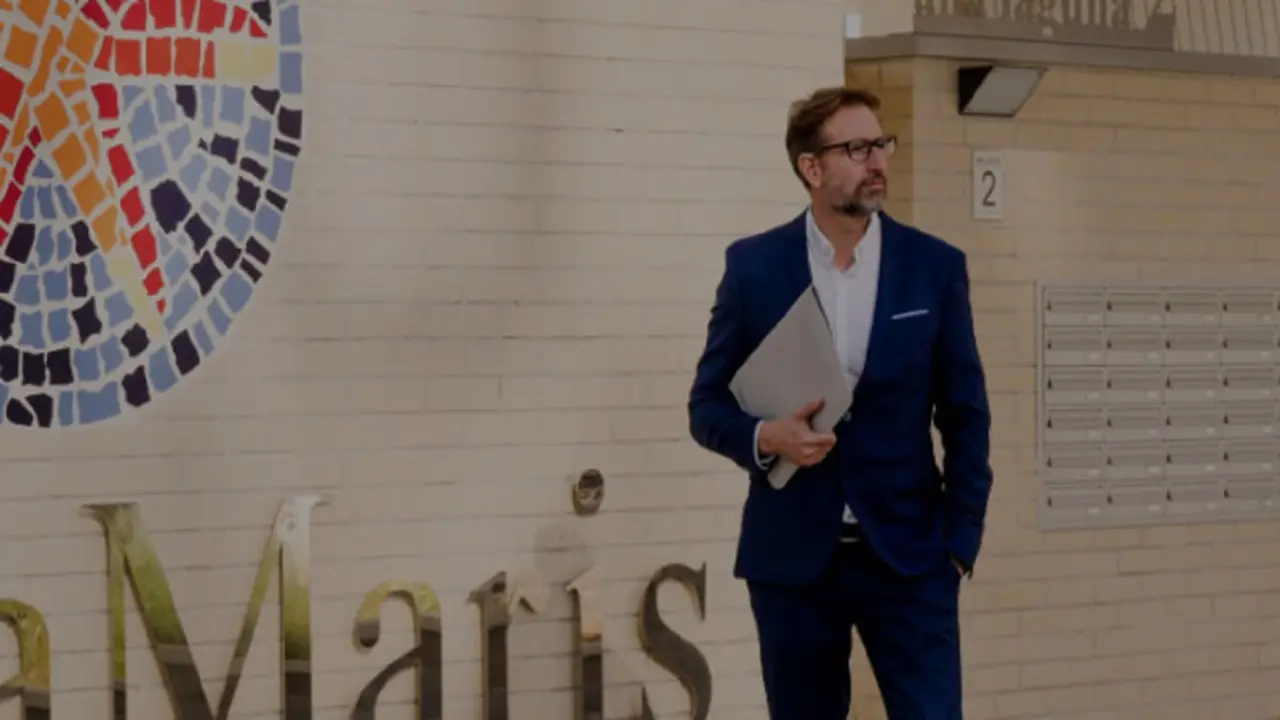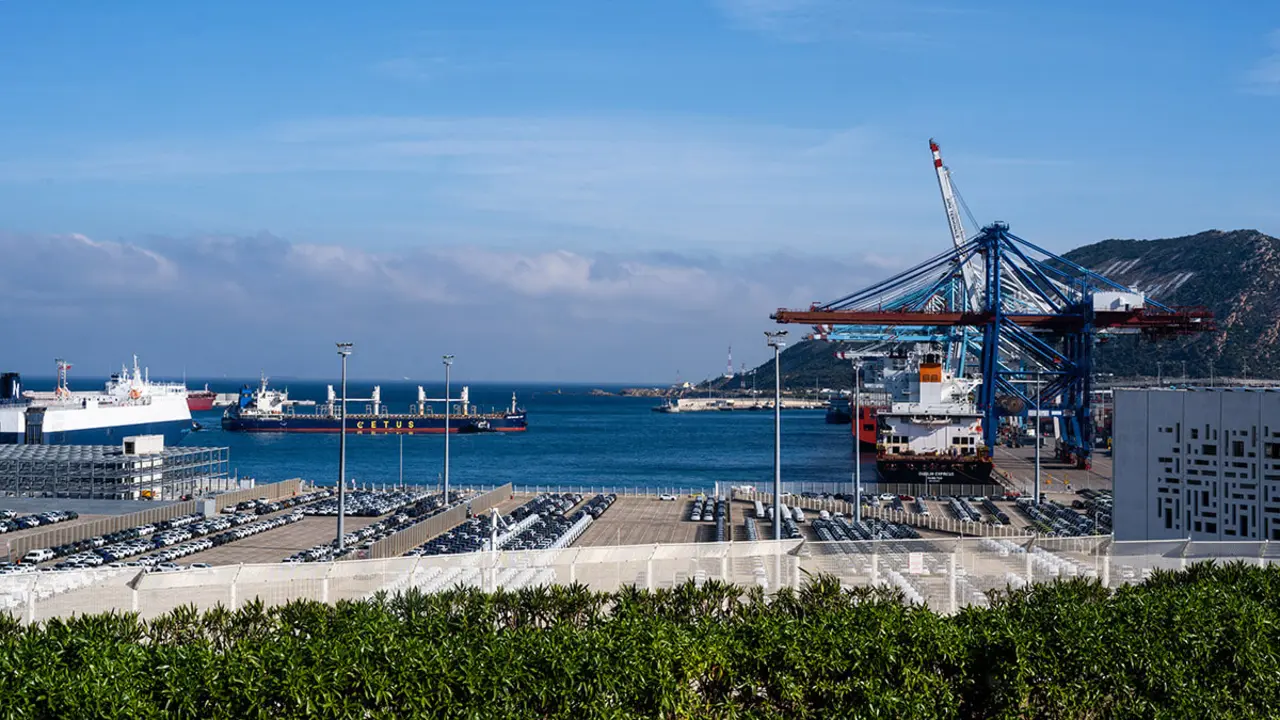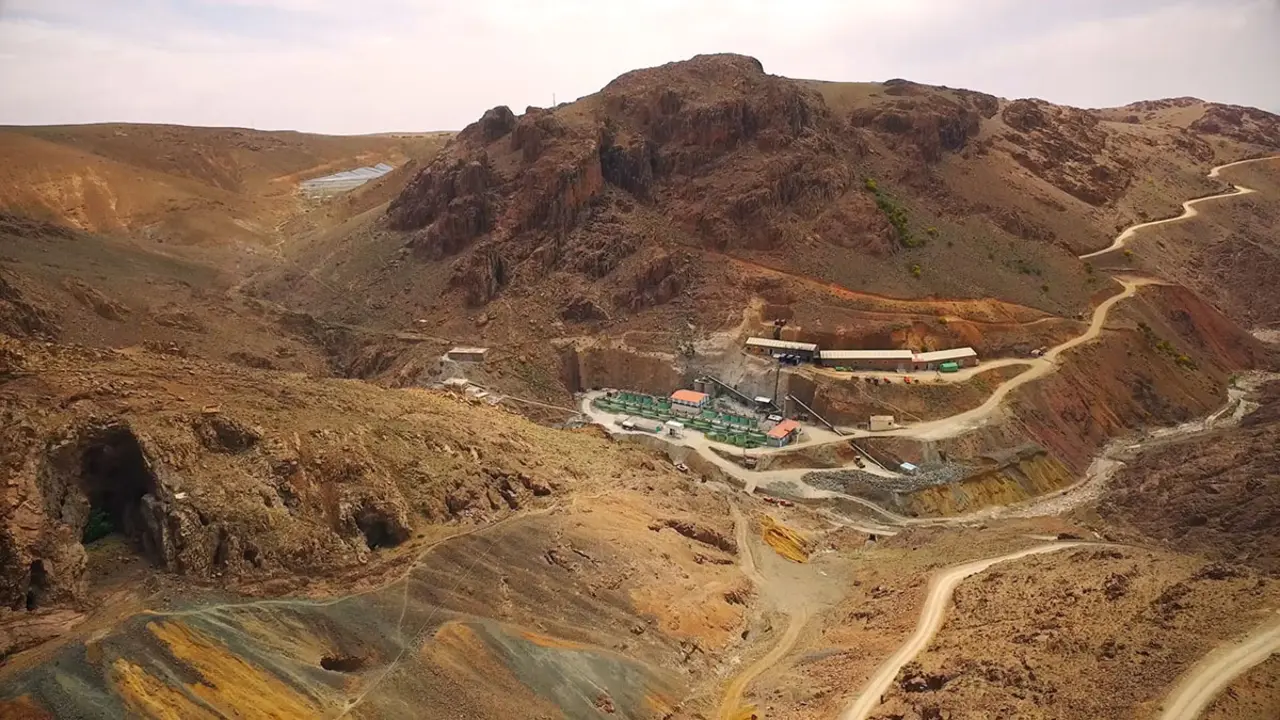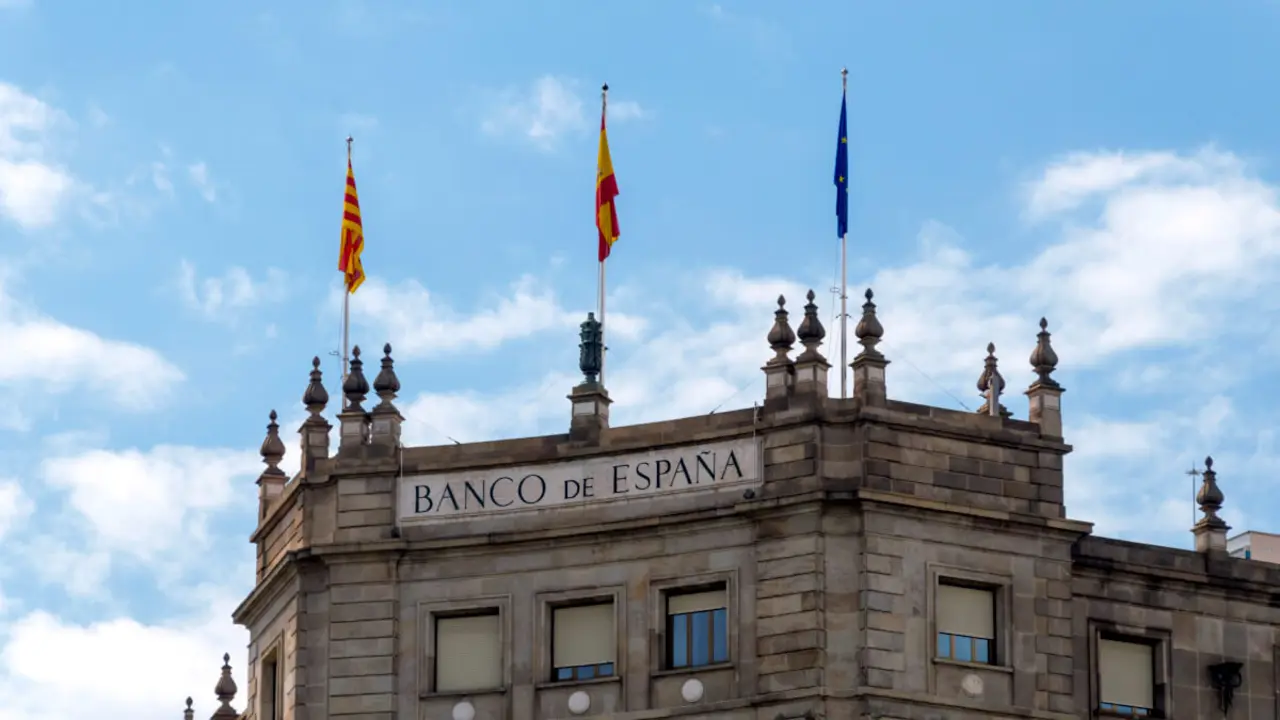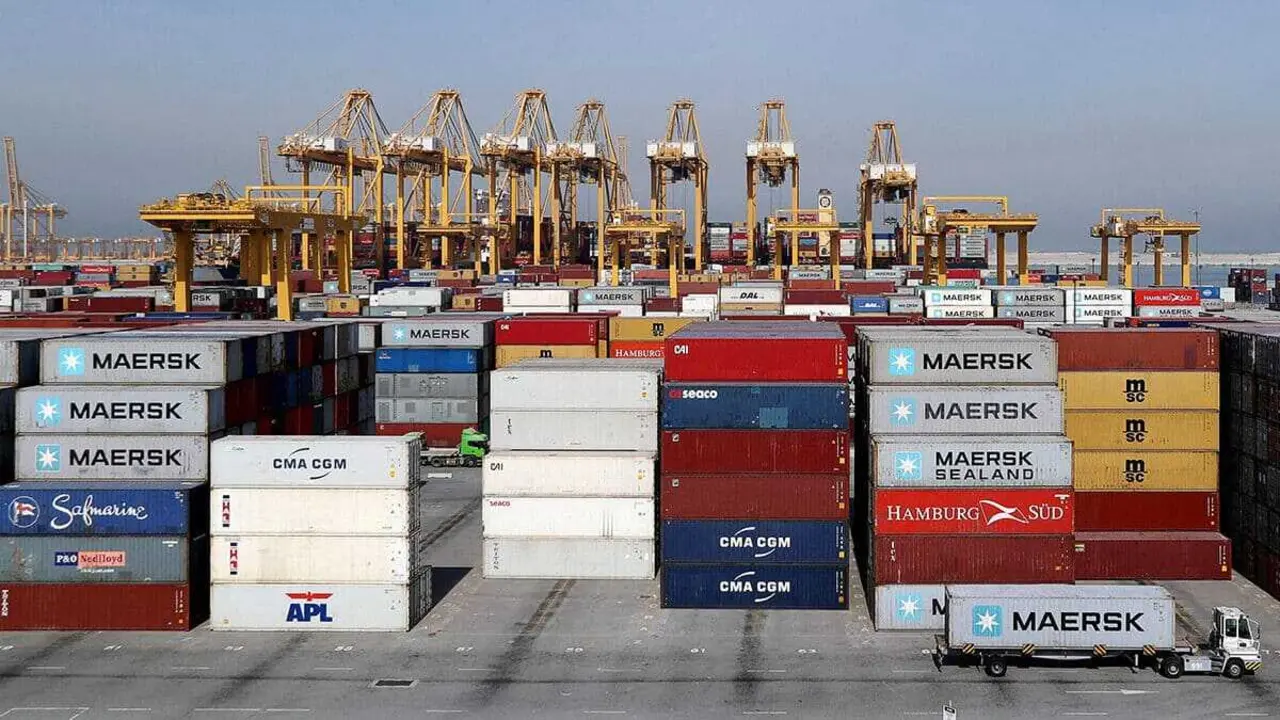The World Bank launches a financial aid package to assist Lebanon
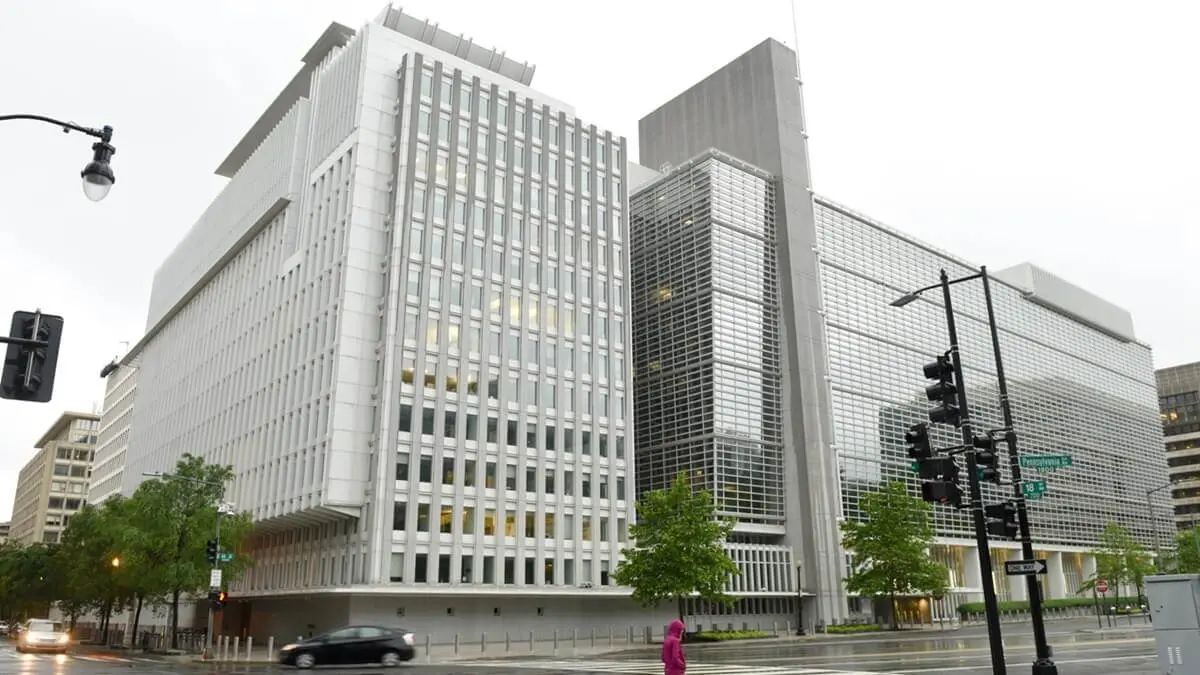
The economic crisis that Lebanon has been facing since 2019, which culminated in the collapse of the banking system, has been exacerbated by the conflicts between Israel and Hezbollah, especially given the unstable ceasefire following the 14-month war and its effects on Lebanese infrastructure. The World Bank has even stated that reconstruction needs have risen to 11 billion dollars following these military clashes.
Lebanon's Finance Minister, Yassine Jaber, has announced that the agreement between the World Bank and the Lebanese Government has been signed and is primarily aimed at modernising the devastated electricity sector, with a loan repayment period of up to five decades.
This plan has been under discussion for a long time and is part of a broad aid package worth approximately 1 billion dollars, with 250 million in the form of a loan that could rise to 400 million. The areas covered by these loans and the corresponding amounts allocated are as follows: 250 million dollars for the electricity sector, 256 million for the water sector, 200 million for agriculture and 200 million for social issues.
Reforming the electricity sector is a major priority for the World Bank due to the losses incurred by the state electricity company, a problem that has been ongoing for decades. Added to this is the fact that the economic problems have not been resolved by the various governments that have been in power due to the prevailing systemic problems of corruption, structural decline and multiple political crises. The international community's response to this critical situation has been to urge leaders to implement radical reforms in vital sectors in order to consolidate the receipt of effective financial aid.
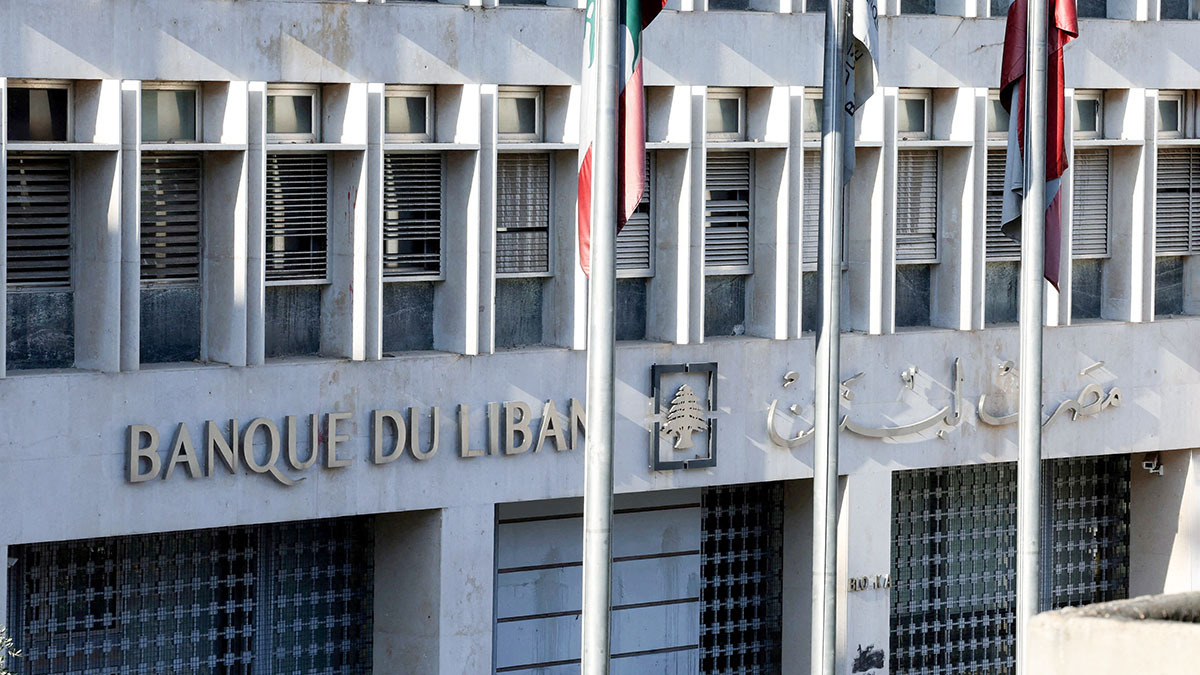
Power cuts are the most pressing concern, especially given their link to fuel shortages. Furthermore, the Lebanese pound, the country's national currency, has collapsed, causing the Lebanese population to depend on expensive and polluting private generators or simply endure power cuts of up to 12 hours. The electricity crisis, inflated fuel prices and the collapse of the lira and exchange rates are just some of the priority concerns.
The Lebanese Republic has seven power stations, in addition to the five that are currently inactive, but only two are operational and provide two hours of power during the day and the same amount at night. This has created a significant energy coverage problem, especially considering that the highest coverage was in 2004, with a range of 22 hours.
The Ministry announced that, although it claims to intend to carry out valuable reforms in the management of the sector, the severe instability affecting the country and the region as a whole raises doubts about the possibility of meeting these expectations.

Nevertheless, the loan acts as a boost to strengthen national operational control and also as support for rehabilitating the accounting, billing and collection systems of the electricity sector and promoting the creation of solar energy farms. This last aspect defines the path towards renewable energy, especially in reference to the relevance of the solar market.
Specifically, the aim is to develop a renewable energy plan for the period 2024-2030, which seeks to meet energy needs through photovoltaic energy as the basis for 55% of the state's total energy production. This aspiration is hampered by financing problems and heavy dependence on traditional fuel and natural gas sources, although it could be an ambitious step towards energy transition and revolutionary for electricity production and the problem of rationing.
The electricity sector is at the epicentre of the economic and financial challenges facing the Mediterranean Arab country and is the cause of the deterioration in the sector's operations. However, addressing the full range of vital issues affecting the country's administration is essential for development and reconstruction and for tackling the political and security challenges at hand.

